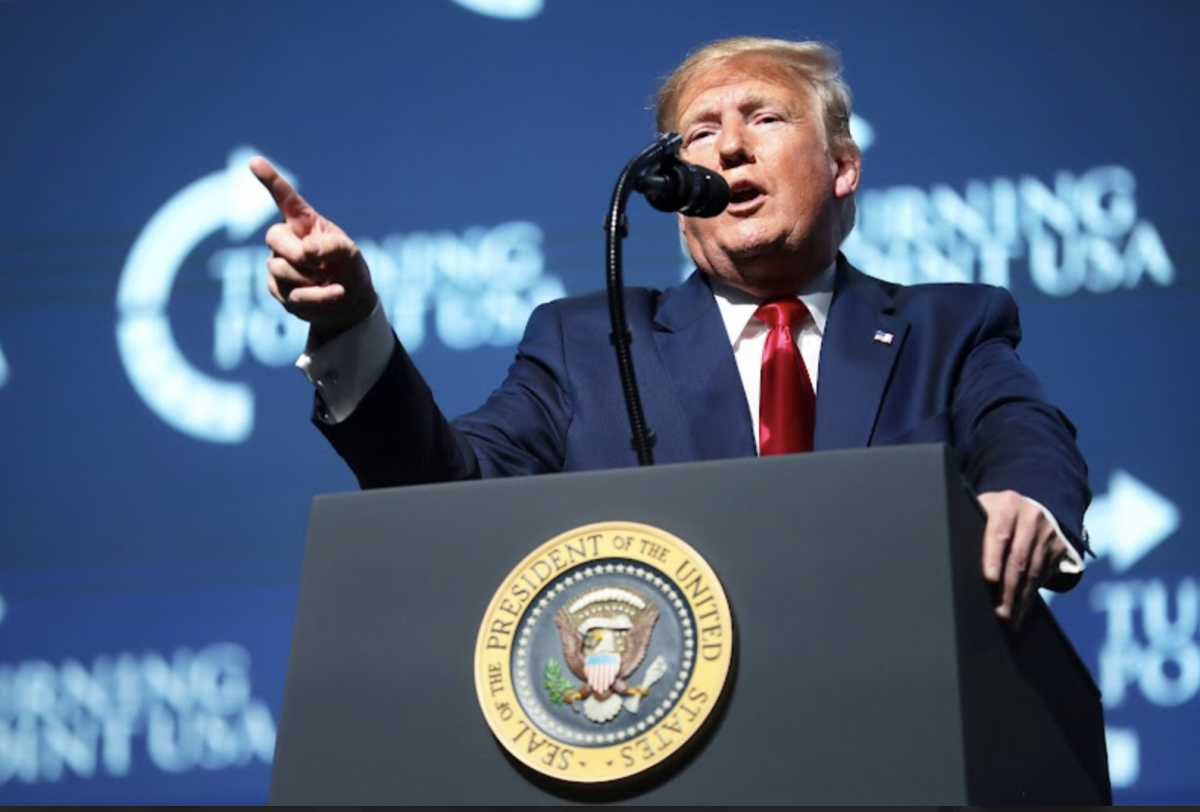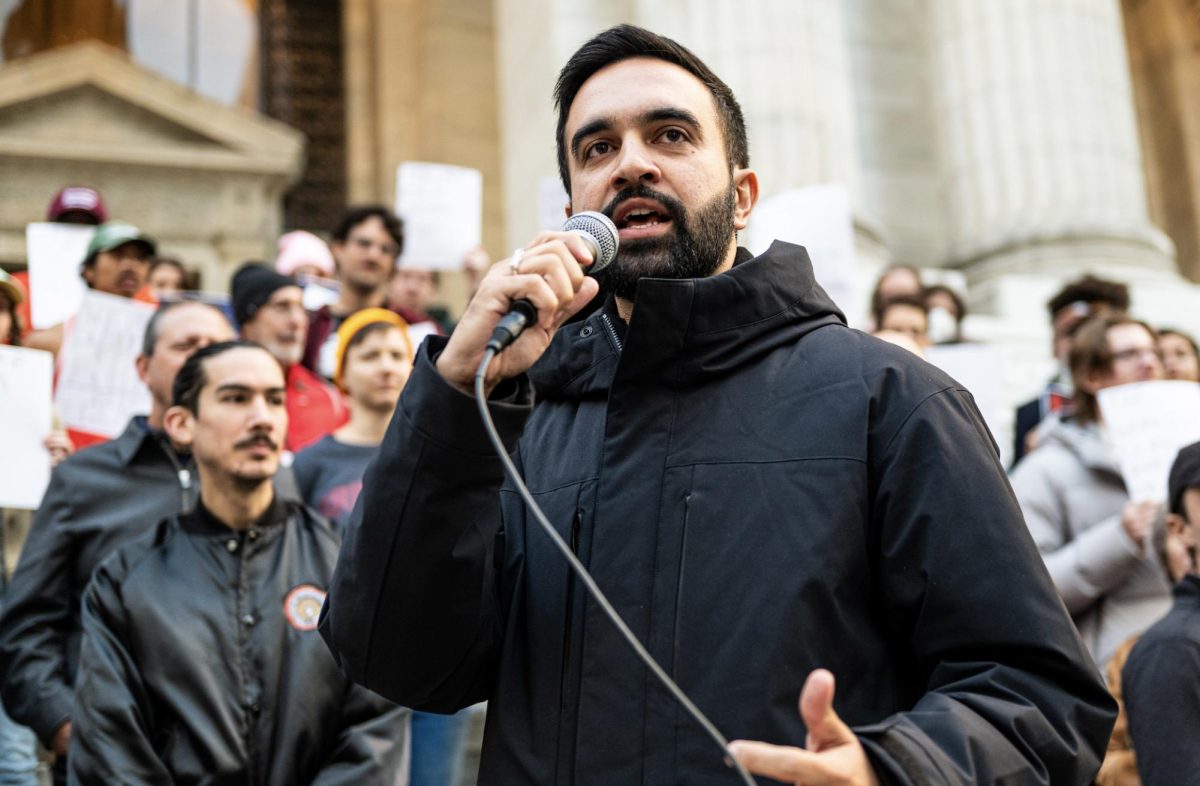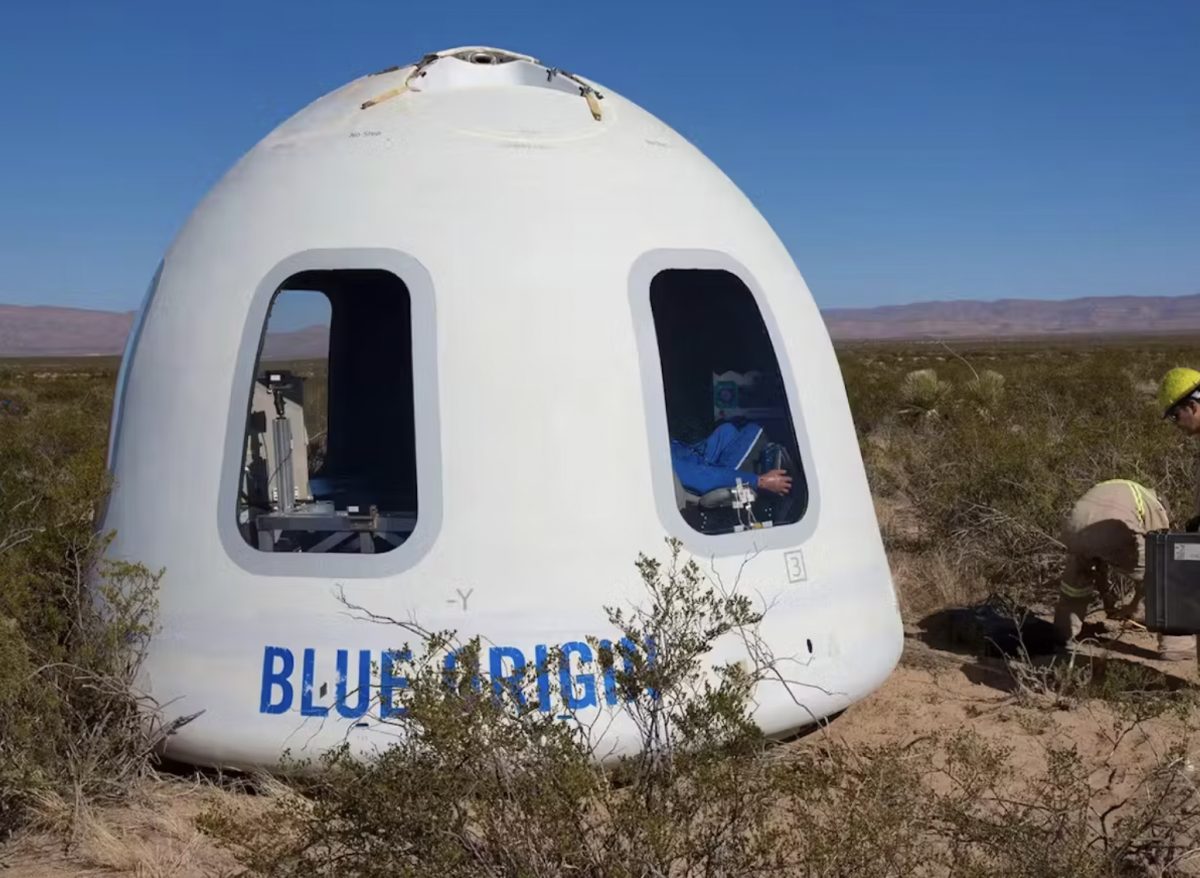On Oct. 5, California Representative Kevin McCarthy was removed from his position as Speaker of the House after a nine month tenure. His removal was unprecedented, marking the first such instance in the history of the United States. The Republicans’ decision to push for removal stemmed from ongoing budgetary disputes between both Democrats and Republicans as well as within the GOP. Internal factions within McCarthy’s Republican party, guided by Representative Matt Gaetz, steadily lost faith in his handling of the national budget and feared he would form a compromise with Democrats to avoid a government shutdown. The divide between members exemplified the instability of the Republican Party, and this demonstration of fragility sent shockwaves through the Republican Party and the entire political landscape of the United States. McCarthy’’s ousting and growing division within the GOP, reflects the party’s struggle to define its political identity and formulate a unified course for the future. McCarthy’s short tenure as Speaker of the House was marked by a delicate balancing act. He was faced with the nearly impossible task of bridging the rift between traditional Republican values and more radical Trump-era rhetoric, an endeavor he was evidently unable to execute. Many Americans on both sides of the political spectrum are left wondering what the implications are for the Republican Party going forward with their inability to agree on many proposed bills.
McCarthy’s removal is only a microcosm of the turmoil that has shaken the Republican Party to its core in recent years. Prior to his removal, McCarthy was one of the few moderates remaining in the Senate. With the removal of a moderate Senate member by others of his own party comes a probable surge of radical right-leaning ideals in Congress, demonstrating how the pre-Trump era values have been all but exterminated. Traditional conservative ideals have been pushed back, with questions raised of whether the party will ever turn to its pre-Trump values.
Now, the Republican Party is at a crossroads and must decide whether it will return to its pre-Trump era ideals, such as low taxes and small government, or continue down the path of nationalism and extremist right-wing policy that has defined its rhetoric since 2016 with the election of former President Donald Trump. As Trump’s extremist policies radicalized many Republicans in Congress, the majority of the congressional GOP has changed from traditional conservatives to extremist right-wing representatives. With the party in such a politically divided period, its integrity hangs in the balance. This moment is a question of partisan preservation: the Republican party must resolve this internal conflict now or it will cease to exist.











































